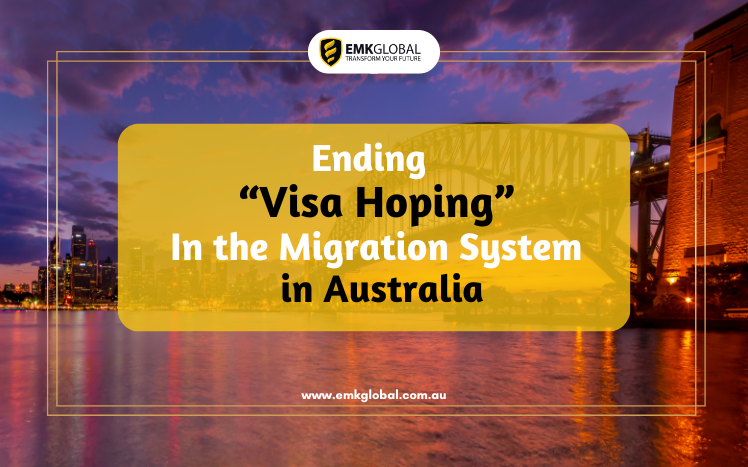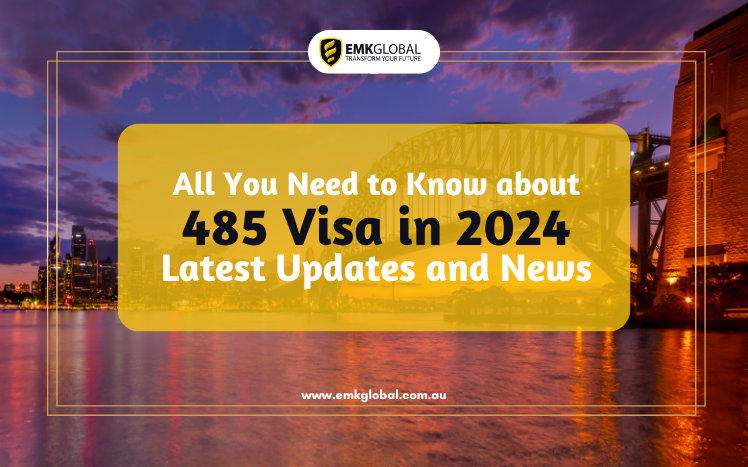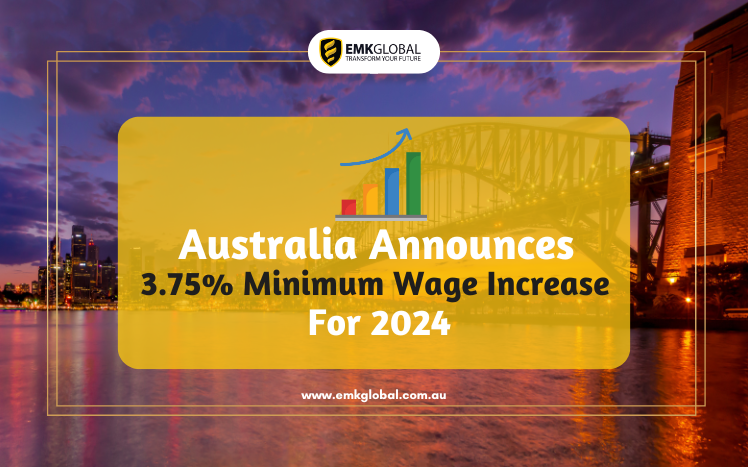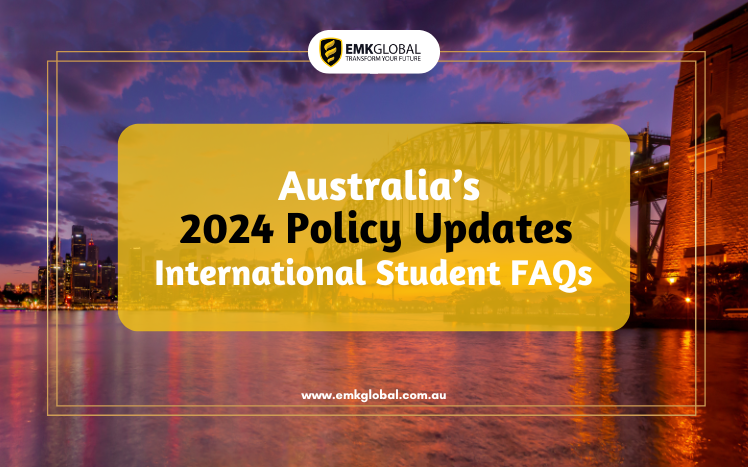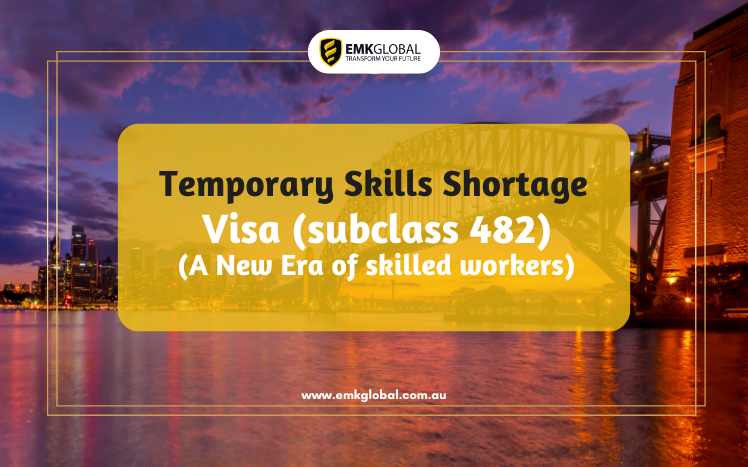Yes, you can bring your family to Australia on a student visa. You can add your family members and dependents while submitting your application for a student visa in Australia. While submitting your initial application for a student visa, you can include your family in your application, or you can wait until your course starts before inviting them to join you.
Even if you don’t intend to travel to Australia with your immediate family, you should list them on your visa application. Your family members won’t be able to travel to Australia with you later if you don’t declare them in your visa application.
Who Can You Add to Your Student Visa Application?
You can add your immediate family members to your student visa application, including:
- Your spouse or de facto partner.
- Your dependent children under 18 years of age.
- Your partner’s dependent children under 18 years of age.
What Are the Eligibility Requirements for Bringing Family Members on a Student Visa?
As an international student, you must fulfill the following eligibility requirements to bring your family members on a student visa:
- Relationship Evidence: Submit evidence of your relation with your dependant family members. This can include identity documents such as birth and marriage certificates.
- Financial Requirements: You must be financially stable enough to support your family during their stay in Australia. Submit evidence of financial stability in the form of bank statements.
- Health and Character Requirements: Your family members will also have to show proof that they fulfill certain character and health requirements. For this purpose, they need to provide evidence of medical exams and police clearance documents.
Bringing Your Partner on a Student Visa
You can add your spouse or de facto partner to your student visa application as a secondary applicant. For this purpose, you must submit evidence to support your relationship with your partner, including a marriage certificate and evidence of combined accommodation. Moreover, you and your partner must demonstrate that you are genuine temporary entrants.
Remember that your partner may have different work rights than you. In addition, you can also check the visa conditions and work rights by the visa grant letter or using the Visa Entitlement Verification Online system (VEVO).
Bringing Your Children on a Student Visa
You can bring your children to Australia if they are under 18 years of age while submitting a visa application. However, if they are 18 or above, they must apply for their own visa. In Australia, the cost of sending any dependent children to a public or private school falls on you. Australia’s school age is around five years old, while each state and territory may have a different start date.
There are child care centers on or close to the campuses of Australian educational institutions. Consider choosing a health care service that aligns with you and your child’s best interests.
Bringing Your Parent to Australia on a Student Visa
You can bring your parents to Australia with you if you are a student under the age of 18 so that they can offer support and care to you during your stay. But they must be:
- A parent or family member who is at least 21 years old.
- Financially independent enough to support both you and them while they’re visiting.
- Capable of offering you housing, welfare, and more assistance.
For this purpose, your parents must apply for a Student Guardian visa. Keep in mind that your parents cannot work in Australia and must live with you during their stay. Moreover, they must be genuine temporary entrants.
Bringing Your Family at a Later Time on a Student Visa
Even if your family members do not intend to go to Australia right away, they must be listed on your student visa application. They won’t be able to accompany you to Australia on a student visa at any point if you don’t include them on your application.
How to Apply?
Your family member or members may later apply via ImmiAccount as a subsequent entrant, independent of your application. After submitting your application and before your visa application is decided, if someone becomes a member of your family, you need to notify the Department of Home Affairs of the change in your situation.
Conclusion
So by now, you’ve got the answer to your question “Can I bring my family to Australia on a student visa?”. You can add your immediate family members to your application for a student visa or you can also invite them after starting your course in Australia. However, if you have any questions or confusion, it is better to consult an immigration lawyer instead of trying on your own.
Frequently Asked Questions
- Can my spouse work in Australia if they come on a student visa? Yes, your spouse can work in Australia, but their work rights may vary depending on your visa conditions and the course you are studying.
- What is the cost of bringing my family to Australia on a student visa? The cost includes visa application fees, school fees for children, and living expenses. It is essential to show financial capability to support your family.
- Can my children attend public schools in Australia? Yes, your children can attend public schools, but you will be responsible for their school fees.
- Can I bring my family to Australia after I have already started my course? Yes, you can invite your family members to join you after you have started your course, provided you included them in your initial visa application.
- What happens if I don’t include my family in my initial visa application? If you do not include your family members in your initial visa application, they will not be able to accompany you to Australia later on the same visa.




